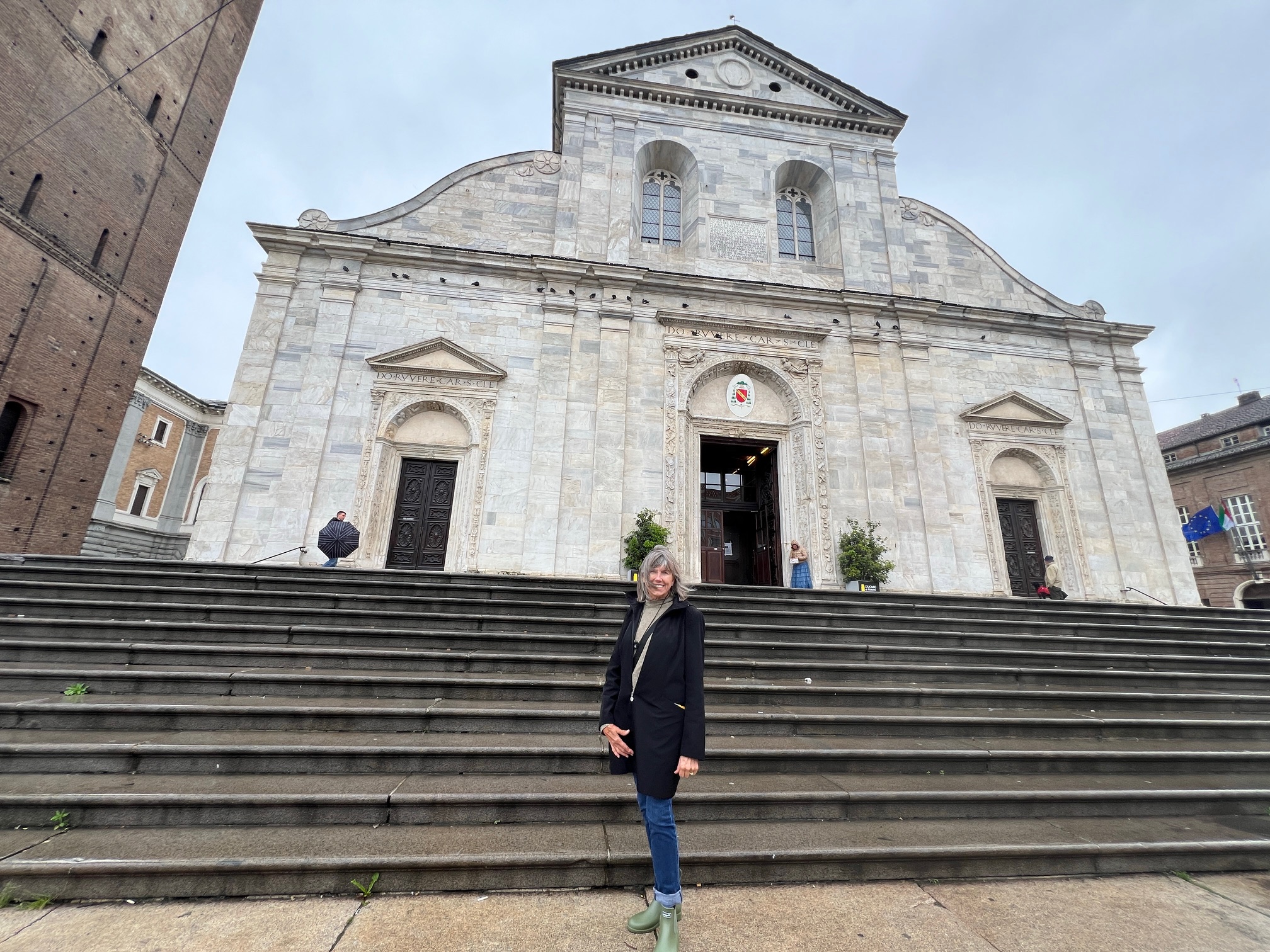
I began my day with a wonderful small-world moment. Waiting for coffee at the crea, I met Israel, an artist who had just completed a thirty-day artist residency in France. He was making a one-day stop in Damanhur and was preparing to visit the Temples of Humankind. As we chatted, I discovered he is from Fort Meyers, just an hour south of Sarasota, where I live. Amazing how we can travel to the other side of the world and meet someone from close to home.
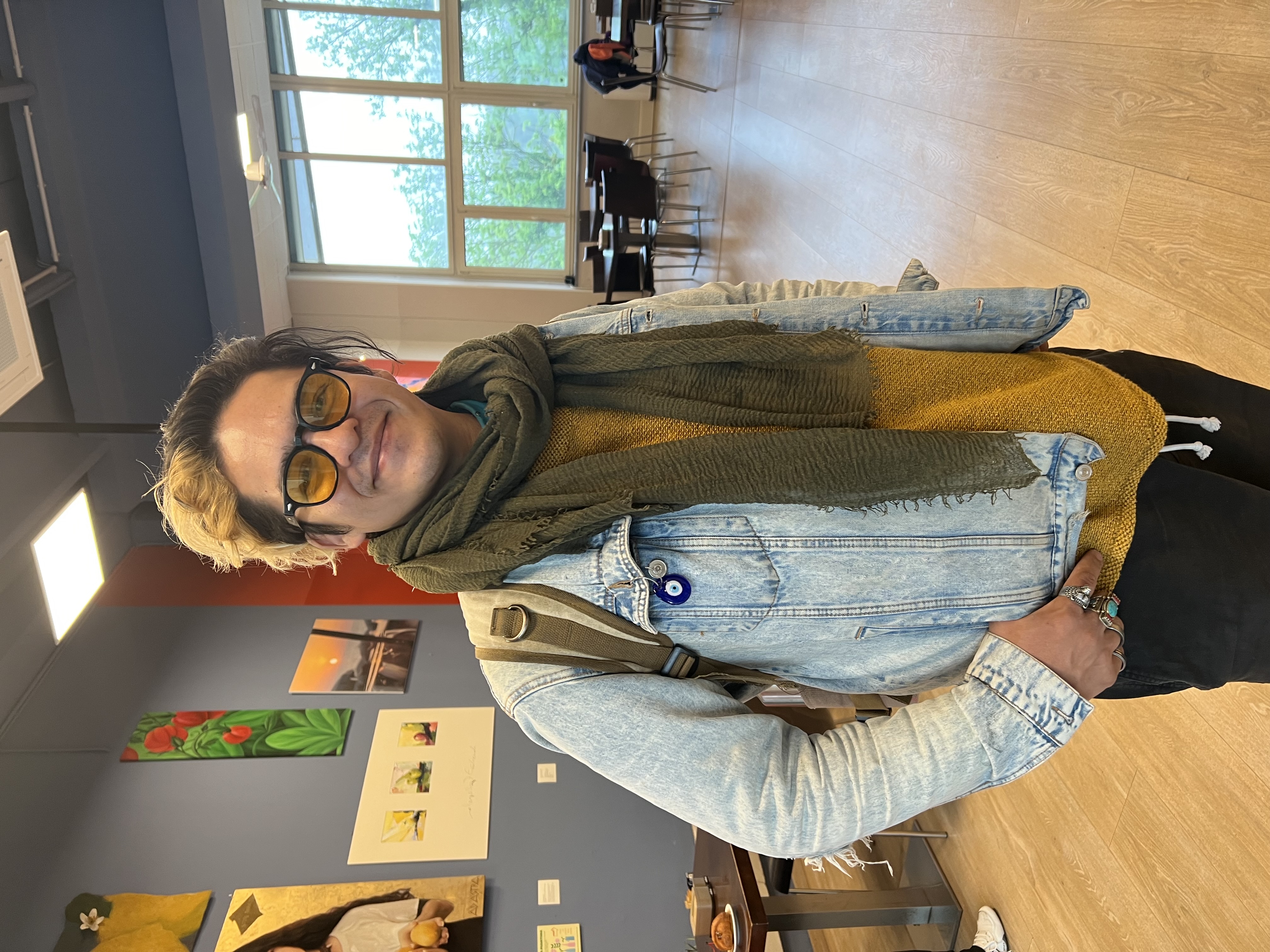
Energized by a fun encounter and great coffee, I joined our group for a road trip to Turin, capital city of the Piedmont region. Main stop-the Egyptian Museum, the sixth most visited museum in Italy. Depending on the reference, it is the oldest or second oldest Egyptian museum in the world.
Before entering the museum we took refuge from the rain in one of the two main covered galleries in Turin while Crotalo told us about the most important artifacts we would see.

Egyptian Museum
The Egyptian Museum houses one of the oldest collections of ancient Egyptian artifacts in the world. There are more than 37,000 items in the museum. My first impression was how well the museum organized and labeled the vast collection.
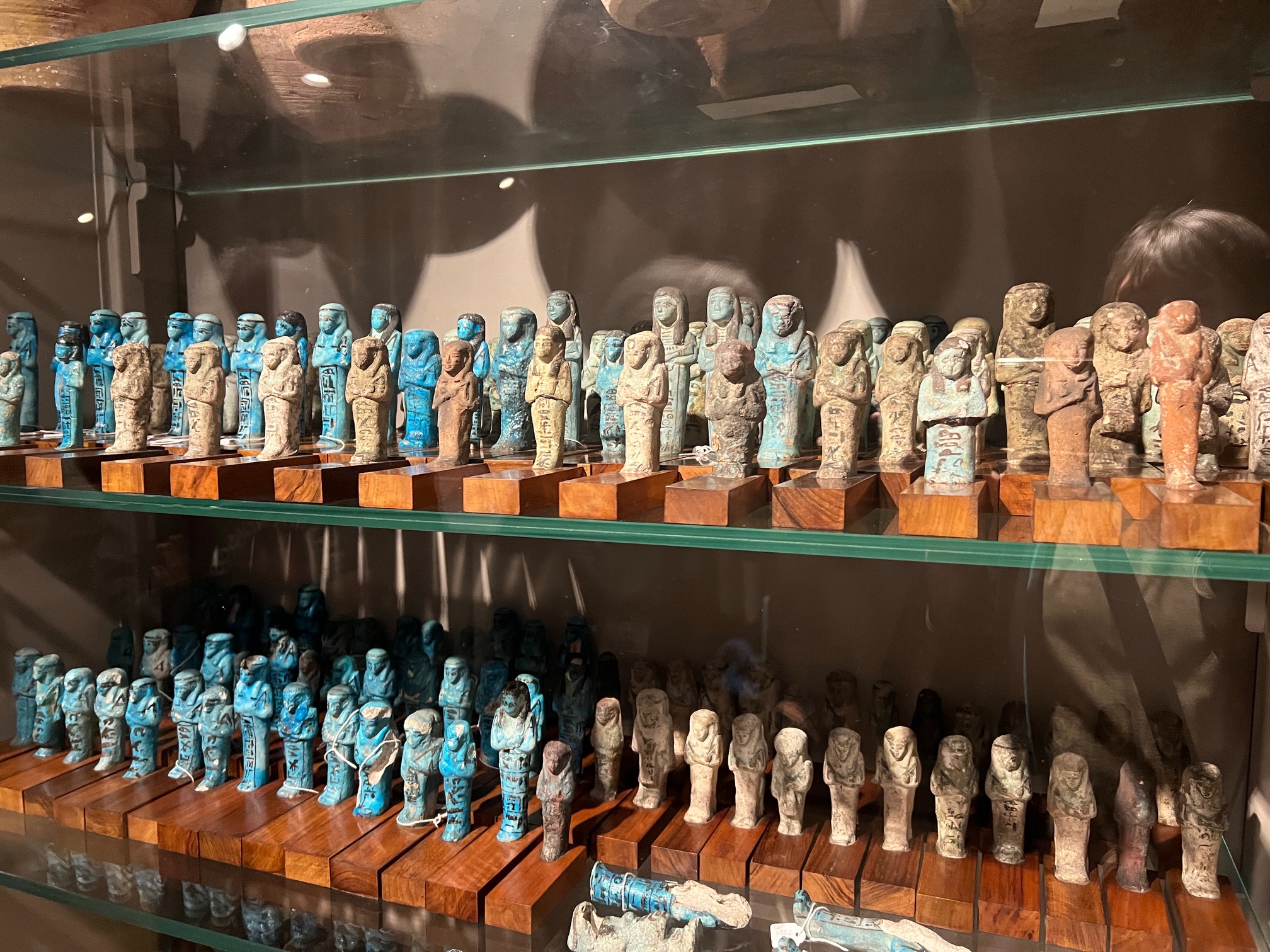
Crotalo pointed out highlights in the museum collection. An 1847-cm long entire “Book of the Dead” written on papyrus spans one whole wall. The “Book of the Dead” is a set of funerary formulas, including the funeral kit to guide the deceased to the afterlife.

I learned that pyramids had another small pyramid called pyramidions on the top. We saw the limestone Pyramidion of Ramose. Symbolizing the pinnacle of a king’s power and divine connection, pyramidions represented the king’s ascent to the afterlife and eternal rule.

And or course, we saw mummies.

And not just human mummies. Egyptians viewed animals not only as pets but as incarnations of gods. They buried millions of mummified animals at temples honoring their deities. We saw an entire small room devoted to animal mummies. I saw cats, a cow and some other animals I could not recognize.
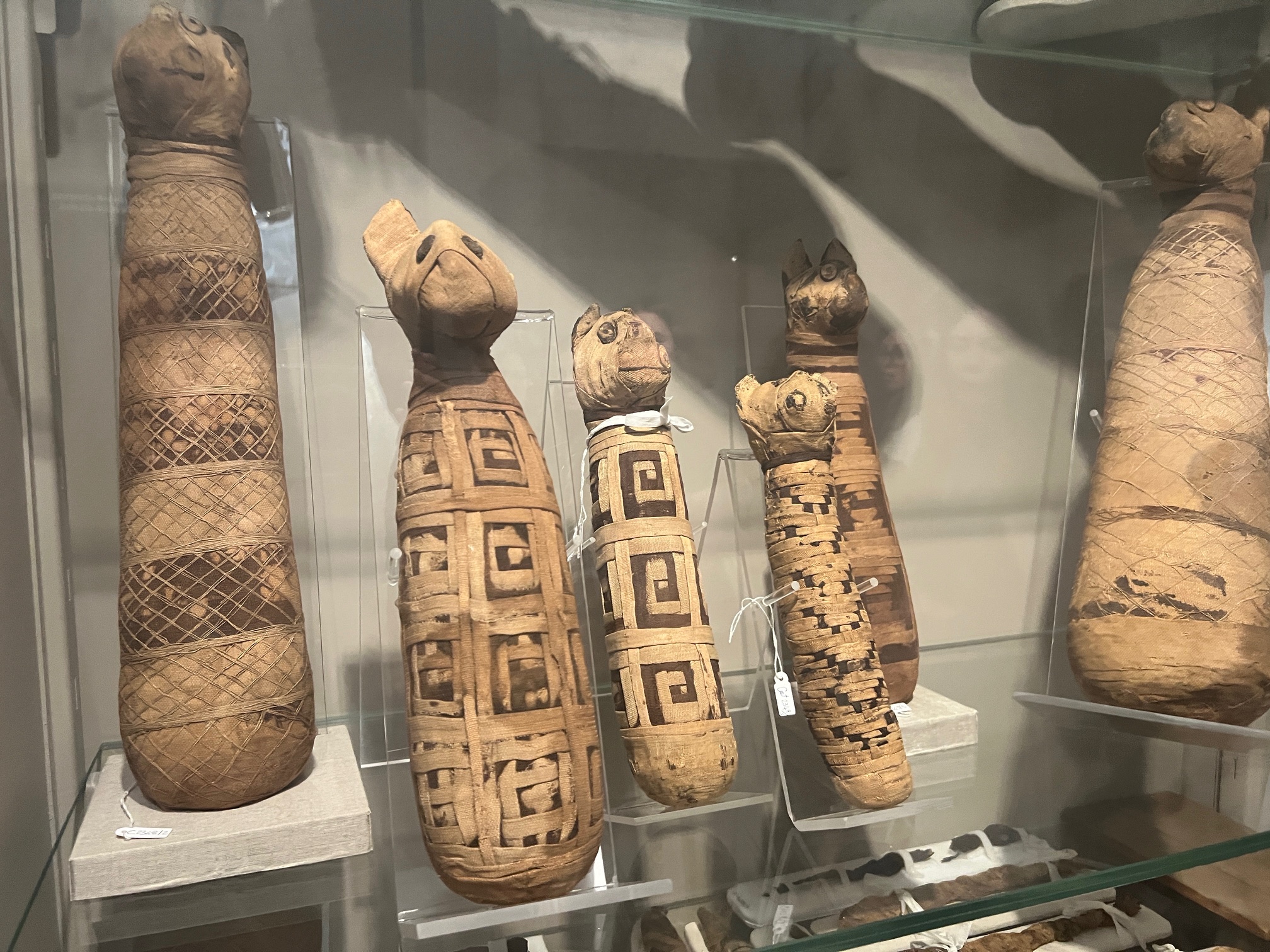
Sometimes the body of the deceased was wrapped in funerary nets attached to the bandages. The beautiful nets were composed of cylindrical beads strung together in a rhomb pattern.

The Egyptians used special beds and headrests to facilitate dreaming. Different heights of headrests facilitated different types of dreams. I’m not sure how anyone could sleep, much less dream, in the uncomfortable looking beds.

Crotalo pointed out the hawk’s eyes on the side of a coffin. The eyes served as protection and reminder that the person can still see outside.

After the museum, we walked to an Italian restaurant for lunch, and I had an amazing eggplant parmigiana.

Magic Turin
Located where three energetic lines intersect, Turin is considered a spiritual place. So, it seemed appropriate that the Savoy royal family, who had a castle in Turin, were interested in magic. They created an alchemy garden under the castle that we visited in the afternoon.

We walked through the castle arch and into a lovely garden. I imagined what it looked like without the crane and apartment building in the background.

The Shroud of Turin
The Savoy royal family owned the Shroud of Turin and agreed to give it to the Pope under one condition. The shroud must remain in Turin-forever. So, for over four centuries the shroud has resided in Turin’s Cathedral of St. John the Baptist.
The Cathedral was closed when we first arrived to see the shroud. Most of our group went for coffee, but a few of us decided to explore a bit while waiting for the Cathedral to open. We didn’t want to get lost and miss meeting our group, so the tall bell tower next to the Cathedral served as a perfect landmark. We never wandered so far that we could not find the bell tower.
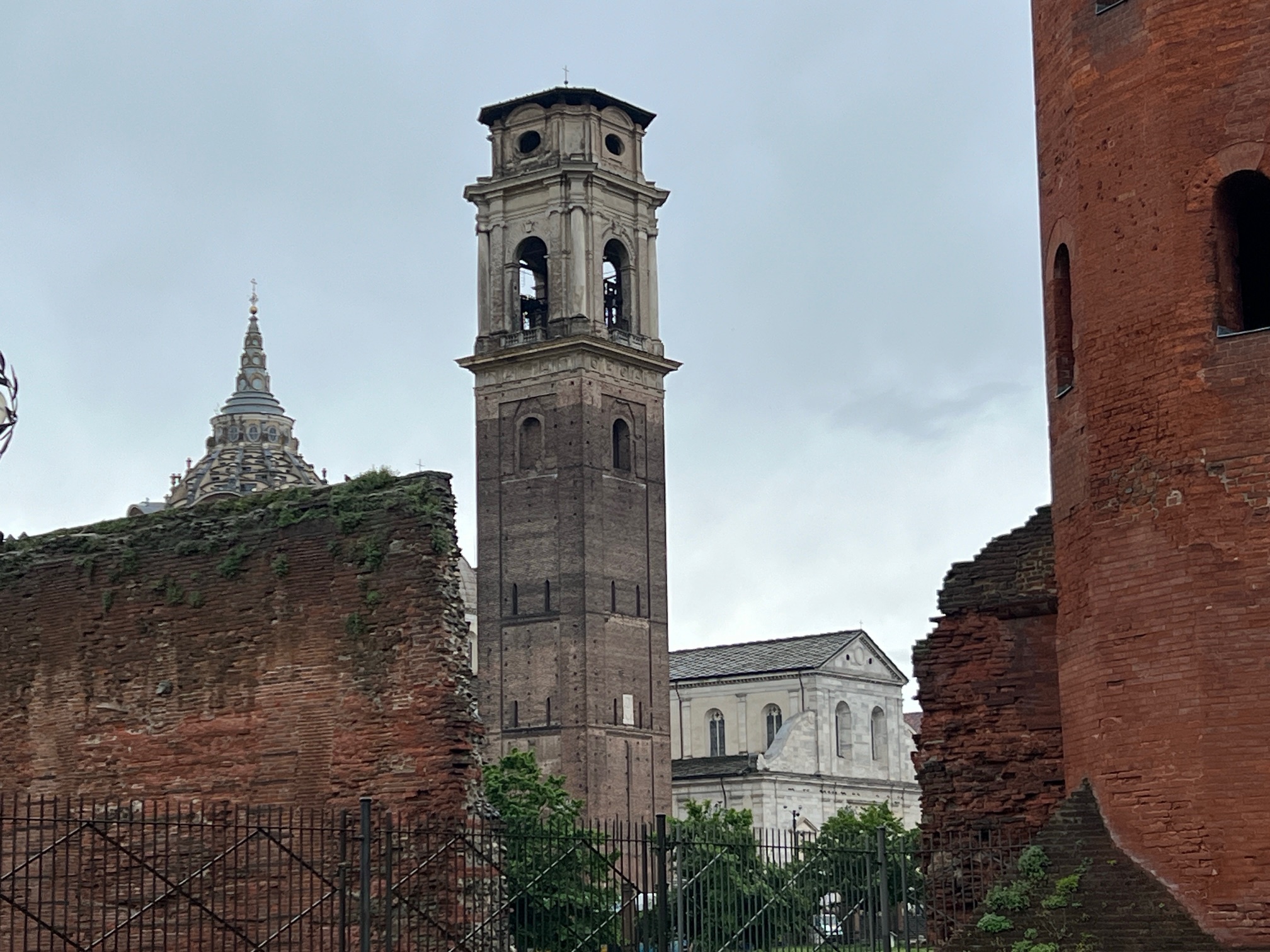
Walking around, always in sight of the bell tower, we discovered an outdoor market. Unfortunately, the market was closing by the time we arrived, but an indoor part of the market was still open, and we enjoyed looking around.

We then met the rest of our group in front of the Cathedral and went in to see the shroud. The Cathedral was beautiful and it was interesting to see how they presented the shroud. I remember The Shroud of Turin being the cover story in Time magazine many years ago, so I knew it must be a big deal.
It is a big deal. By far, most people in the Cathedral were visiting the shroud. But, here is the rest of the shroud story. You can’t see the actual shroud. What you see is a copy that hangs above the home of the shroud. And it may not be the real shroud. Carbon dating suggests the shroud is a fake. Actual or not, fake or not, it was a nice final stop in Turin.

